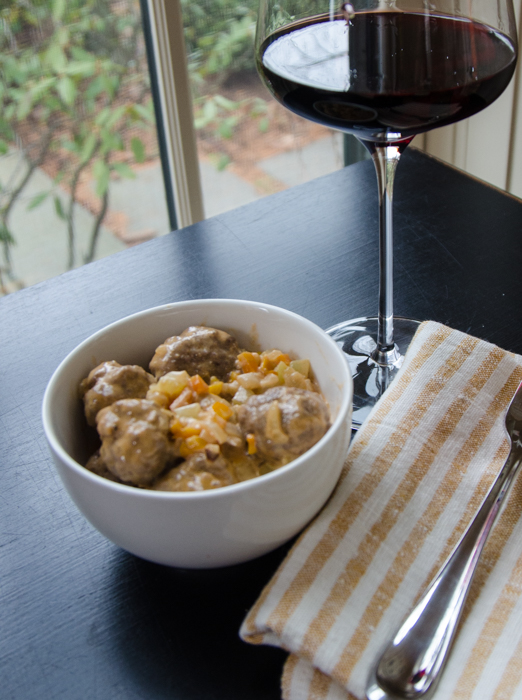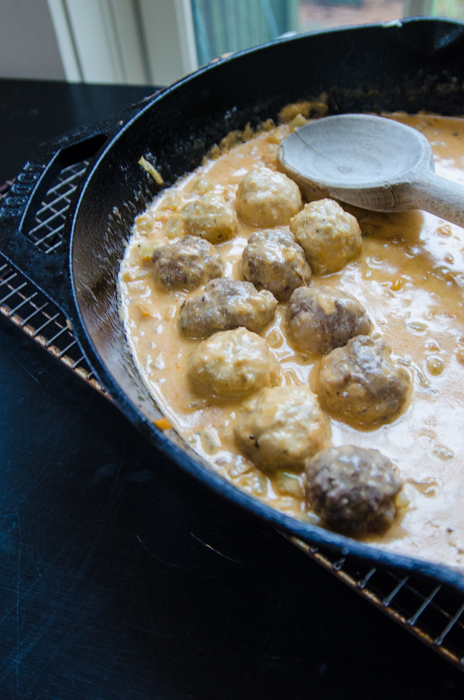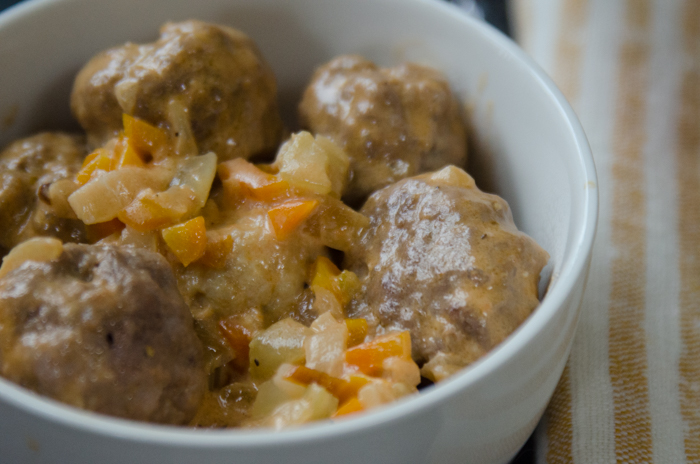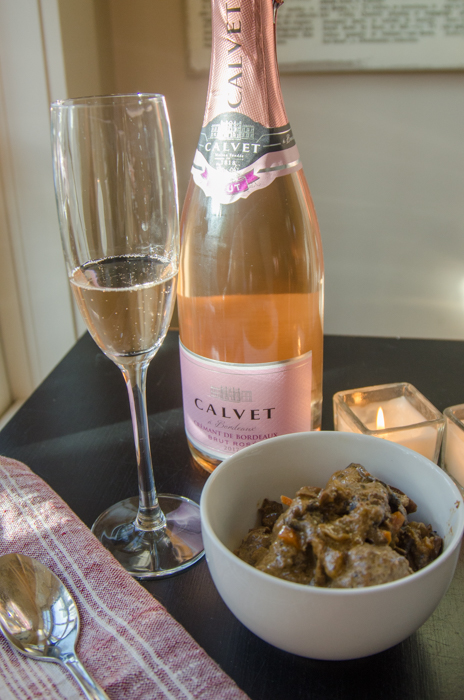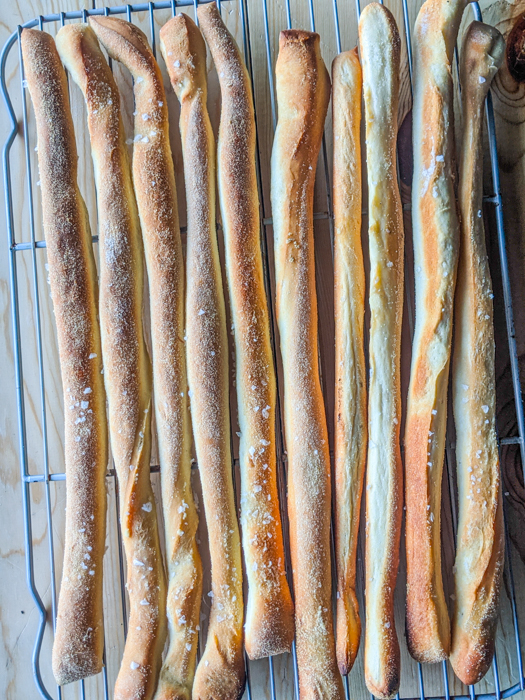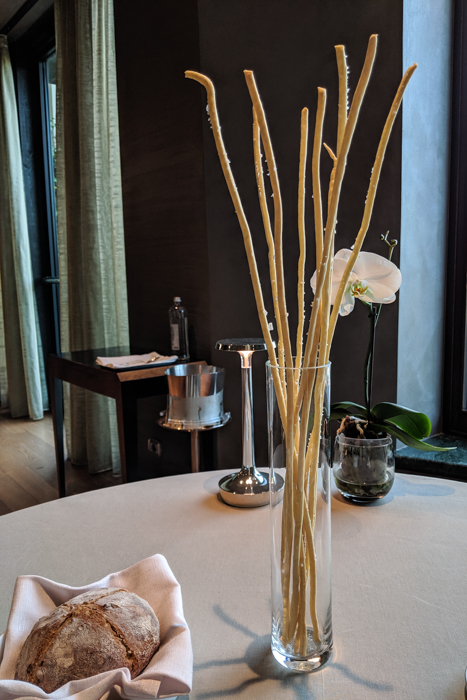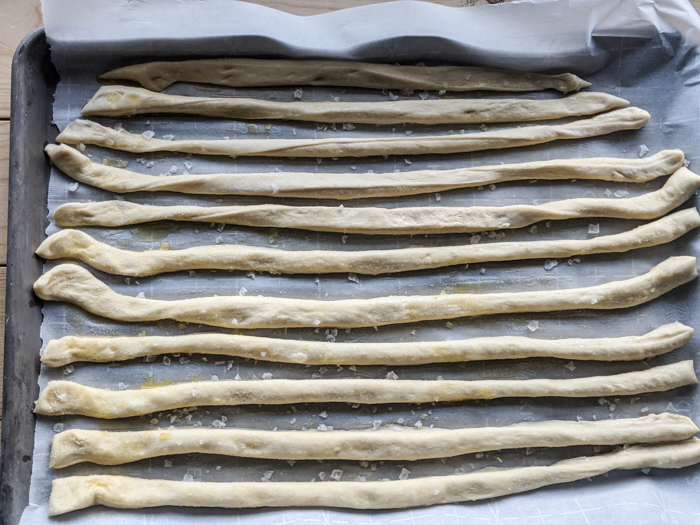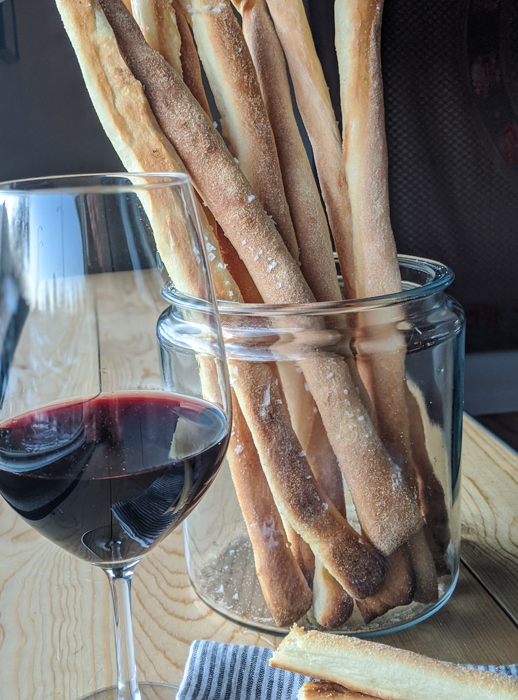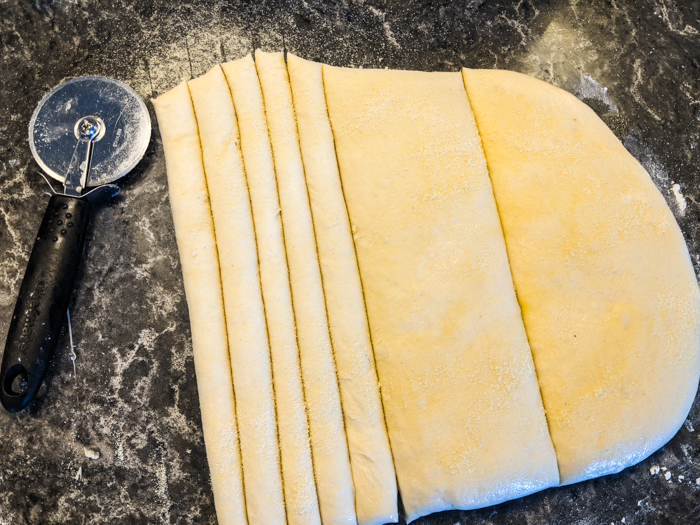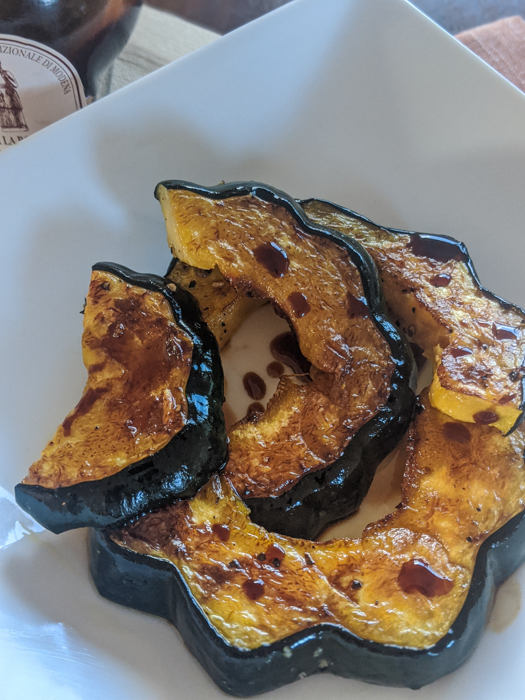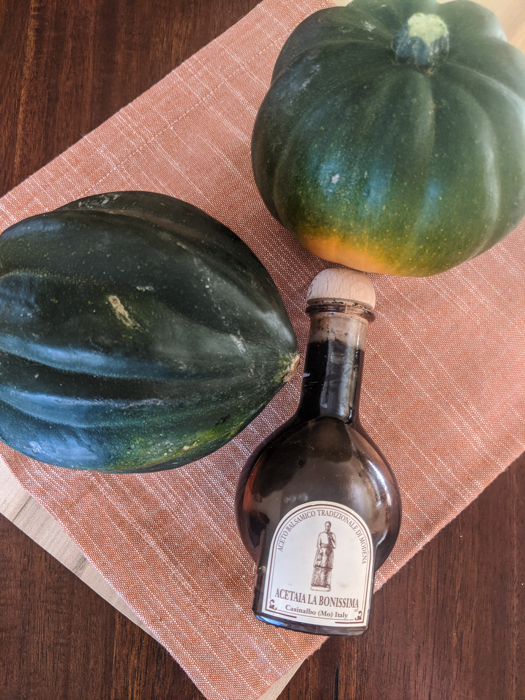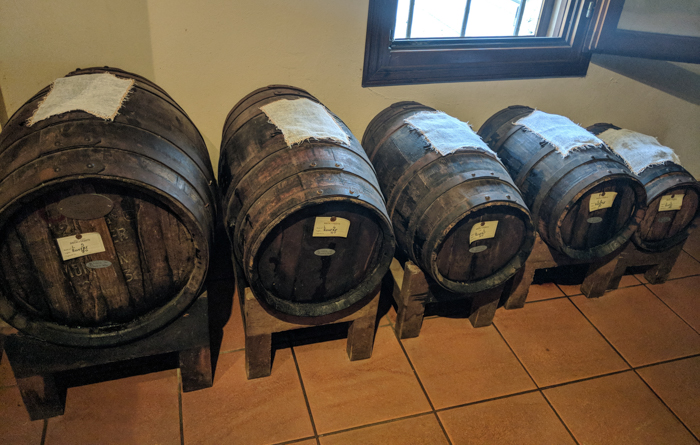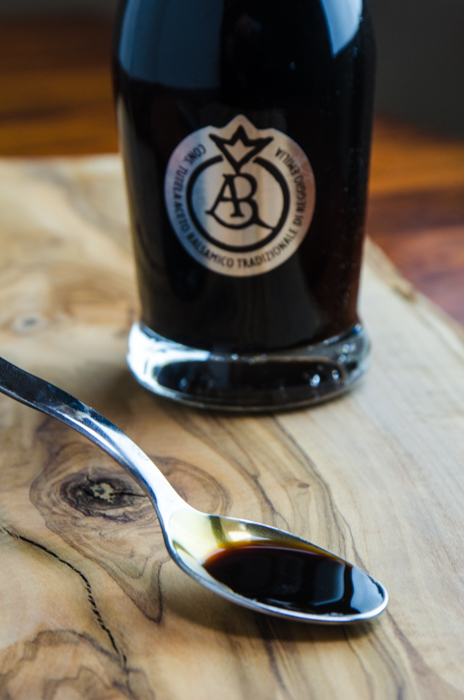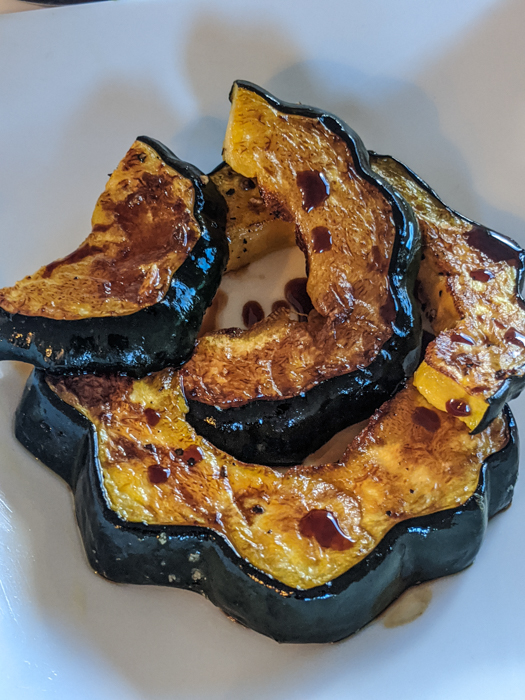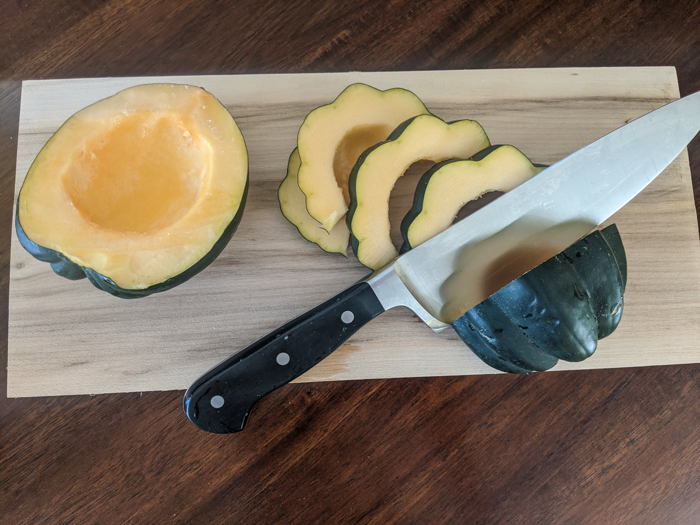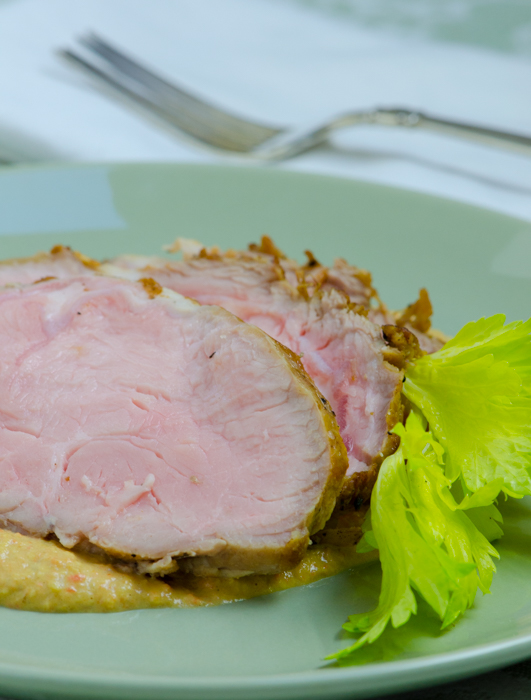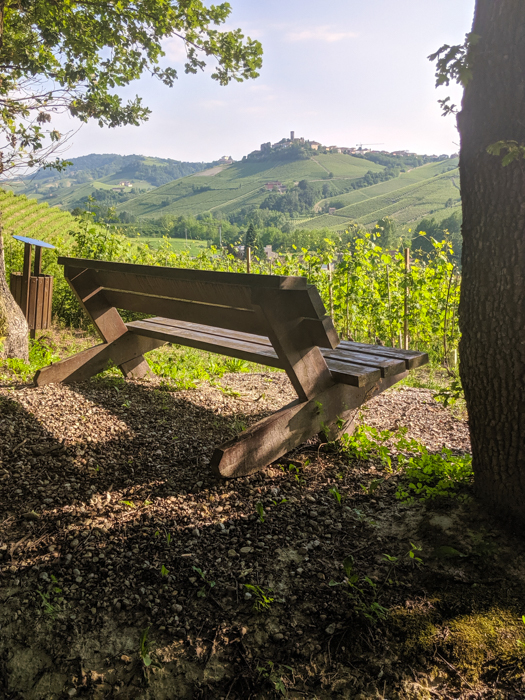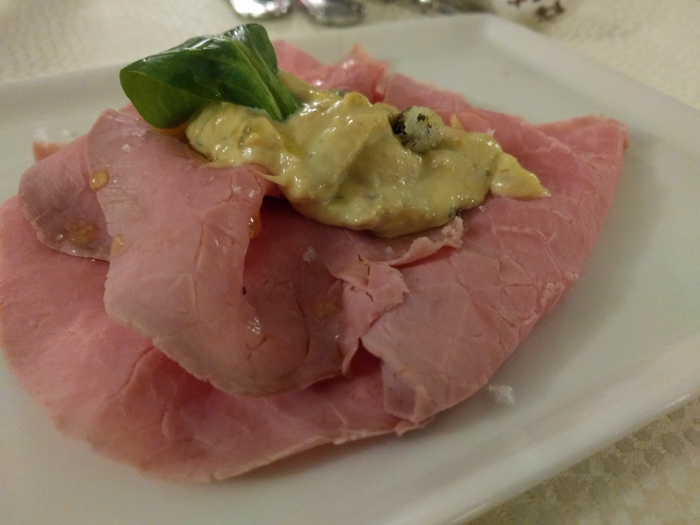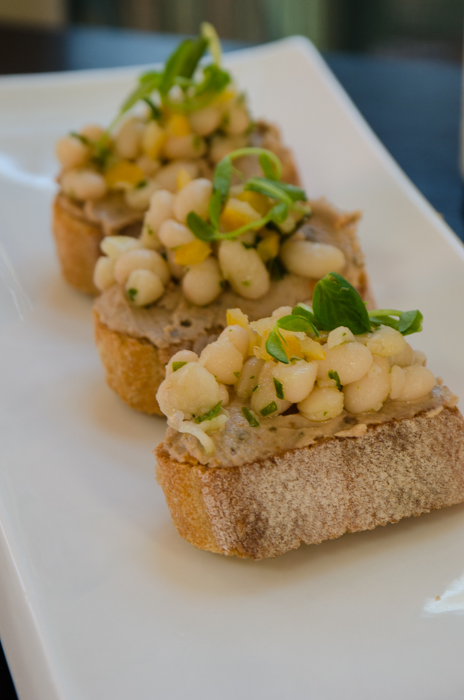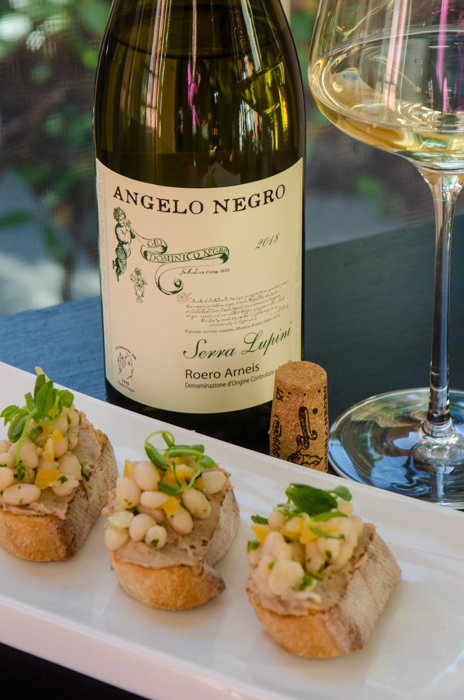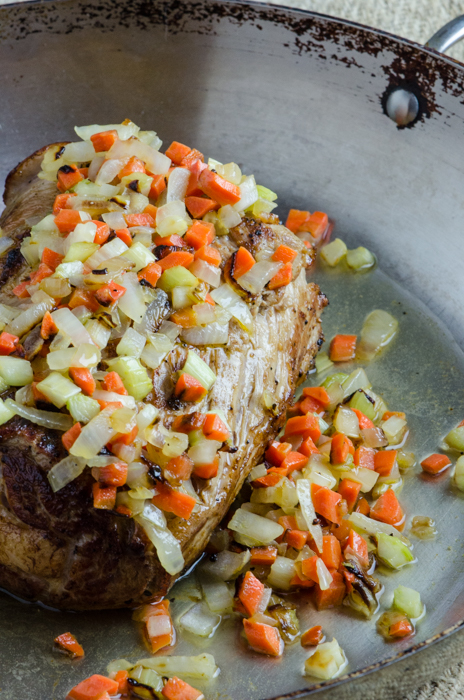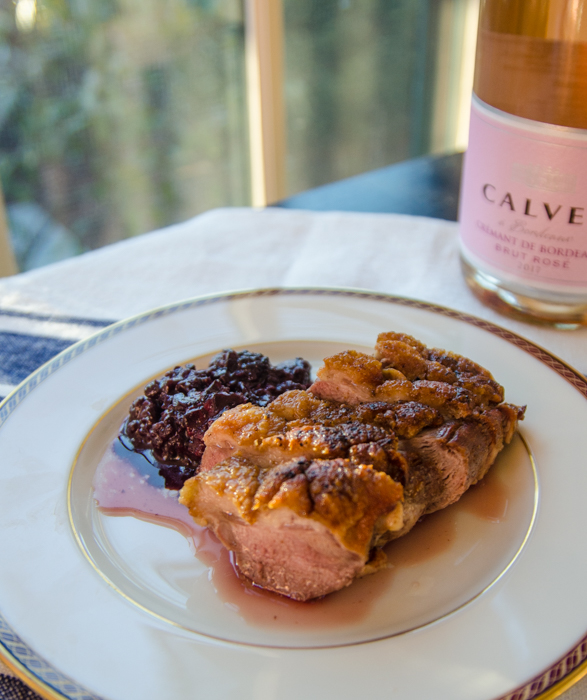
Our December gathering of our Newburyport Wine Club was “All About Crémant – A Great Alternative to Champagne”. With the holidays fast approaching, we wanted to explore some wonderful, but less expensive options to celebrate the season with some bubbles. While Champagne is probably the most prestigious sparkling wine, there are many superb options produced throughout the world using the “Champagne Method”. In France, but outside the borders of the official “Champagne” region you will find Crémant. In Italy, Franciacorta from Lombardia, or TRENTODOC from Trentino are “Metodo Classico” wines.

Champagne is made using a process called Méthode Champenoise, or Metodo Classico in Italy. After a first fermentation is used to produce a still wine, all sparkling wines undergo a second fermentation, this one under pressure, trapping CO2 gas which forms the bubbles. In the Méthode Champenoise, the still wine is put in the bottle and this second fermentation takes place in the bottle it will be sold in. Winemakers fill the bottles with the still wine, add sugar and yeast, cap the bottle with a metal cap, and then allow lots of time – typically years – for the carbonation to develop.
After this aging and carbonation, the bottles undergo a process known as riddling (remuage in French) to remove the dead yeast particles which now remain in the bottle. Traditionally, now the bottles are placed on special racks called ‘pupitres’. Each day, the riddler (yes Batman, this is what they call the person who does this job) rotates each bottle a few degrees, and tilts the cap a few more degrees down toward the ground. This twist and tilt process slowly moves the dead yeast particles down into the neck of the bottle. In about 6 to 8 weeks, the position of the bottle is pointed nearly straight down with the sediment settled nicely in the neck of the bottle.

This manual way of riddling sparkling wine is still used for Prestige Cuvées, but has otherwise been abandoned due to the high labor costs, with the riddler retired, replaced by a gyro-palette machine invented in Spain in the 1970s.
When riddling is finished, to remove the sediment the neck of the bottle is immersed in liquid nitrogen to freeze it, forming an ice ‘plug’. The metal cap is removed, and the ice plug pops out, taking the sediment with it, a process called ’degorgement’. The bottle is topped off, the sweetness adjusted, it is corked, caged, and ready to go.
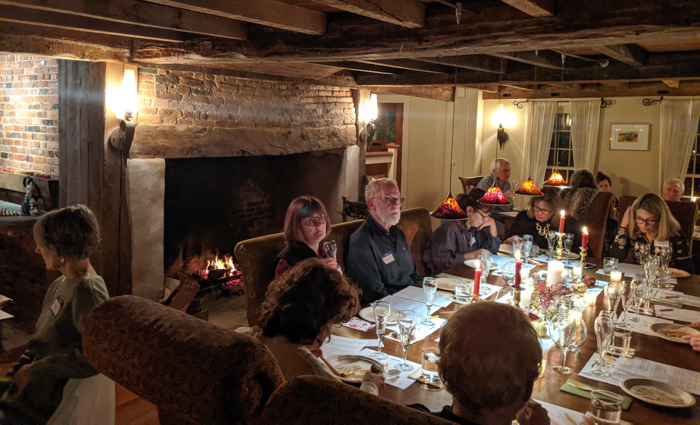
What to enjoy with your bubbles? These wines are amazingly versatile, from aperitifs to cheeses to pasta dishes to sweeter versions with desserts. A rosé sparkling wine pairs well with lighter meat dishes, like this Pan Roasted Duck Breasts with Blackberry Sauce.
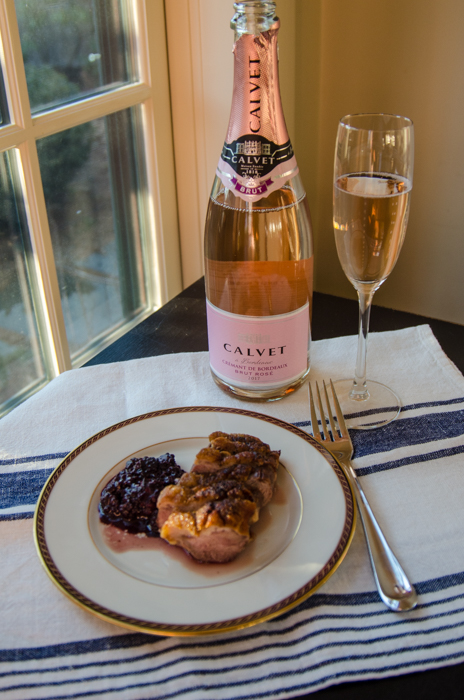
Pan Roasted Duck Breasts with Blackberry Sauce
Serves 4
4 duck breasts
Kosher salt and freshly ground pepper
1+4 tablespoons butter
1 minced shallot
10 ounce package frozen blackberries
1 cup red wine
1/2 cup balsamic vinegar
1/2 cup chicken broth
1/2 pint fresh blackberries
Preheat oven to 400°F.
Trim the duck breast of any excess fat that hangs off the sides. Score the skin in a crisscross pattern, cutting close to, but not into, the meat. Season with salt and pepper.
In a heavy bottom sauce pan over medium heat, melt the 1 tablespoon butter, add the shallots and cook until lightly browned.
Add the frozen blackberries, the red wine, vinegar and broth, reduce heat to a simmer and reduce to 1/3 its original volume. Add the fresh blackberries and the 4 tablespoons butter, bring to a boil and whisk until butter ismelted and incorporated.
Heat a heavy ovenproof skillet over medium heat. When hot, add the duck breasts skin side down and cook for 10 minutes or so to render the fat and crisp the skin. Flip the breasts, place the skillet in the oven and cook until the duck is rare to medium rare – 125°F. Remove from the oven and let rest for 5 minutes. Slice into 1/2” slices, arrange on a plate with a spoonful of the blackberry sauce. You can also skewer each slice and serve as an appetizer.

